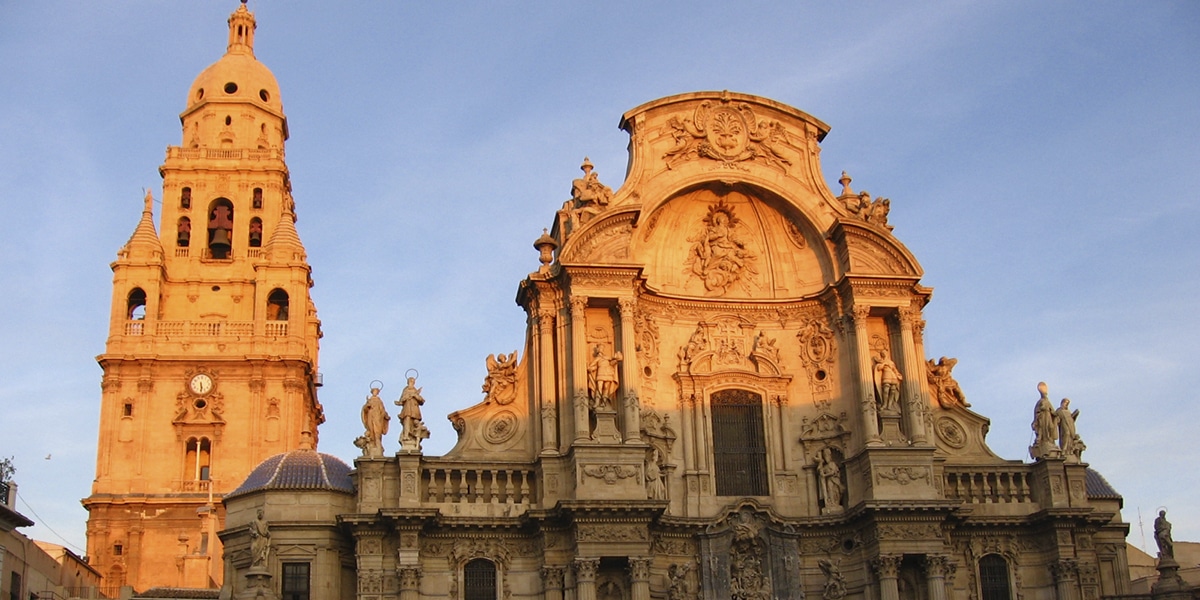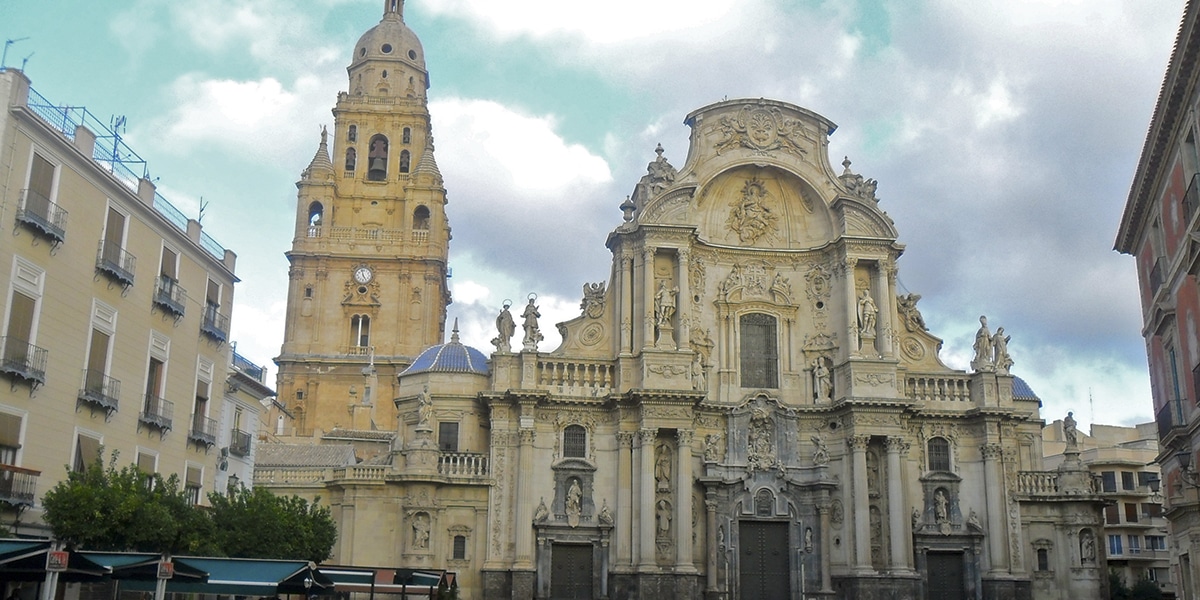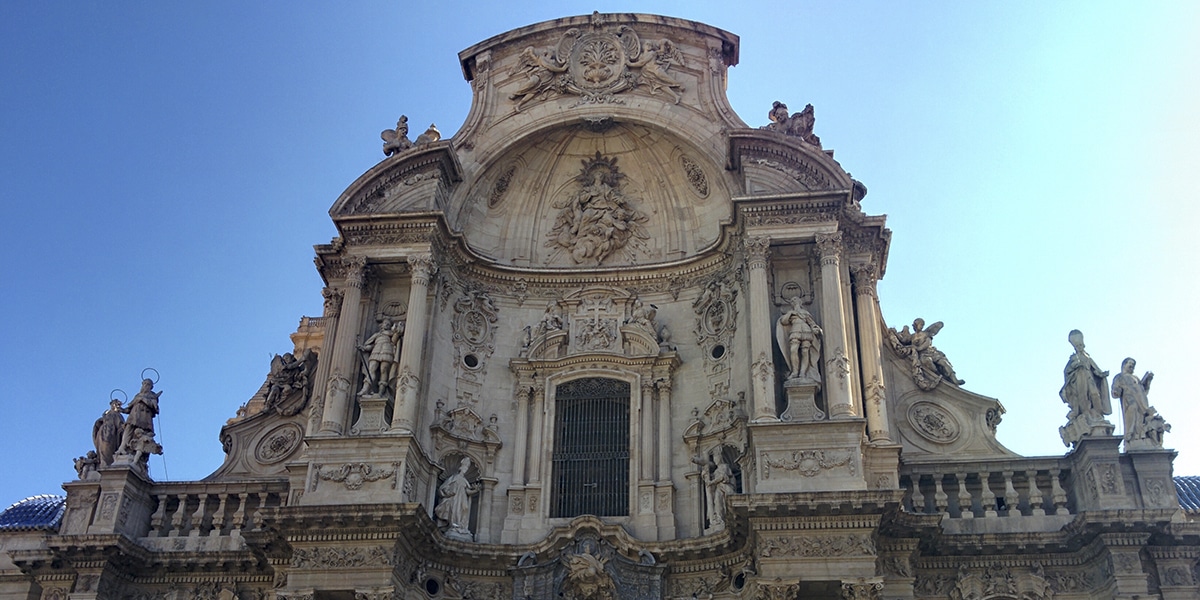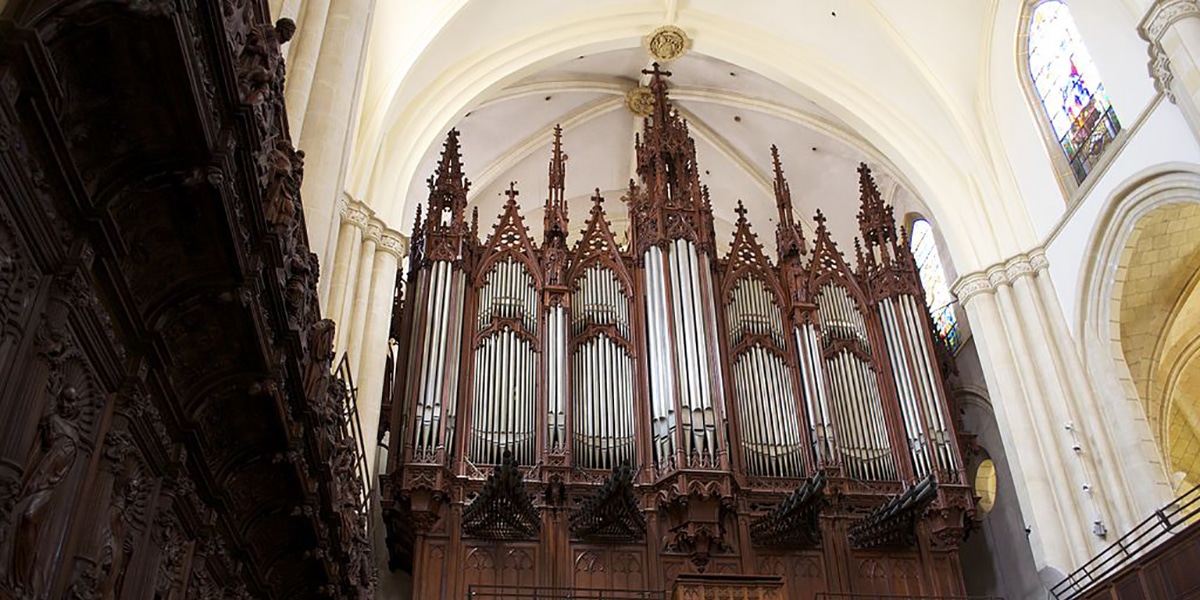
All the Cathedrals are usually points of great interest in cities that are visited, because they are the main religious building in these cities. A cathedral is not only a place of worship, but it also tells us about different eras and a large part of the history of cities and their people, which is why they are so interesting. This time we are talking about a cathedral that is not one of the best known, but that deserves your attention, the Murcia Cathedral.
La Murcia Cathedral is the seat of the Diocese of Cartagena and it is located in the old quarter of the city of Murcia. Although it was erected in the XNUMXth century, it had many subsequent reforms that give it its current appearance, in which various architectural styles are mixed. We are going to see this cathedral in more detail.
History of the cathedral
This cathedral is known as the Santa María cathedral church or Murcia Cathedral. It is located in the Plaza del Cardenal Belluga in the historic center of the city of Murcia. This temple has a lot to do with the history of the city, since in this place was the Aljama mosque, a temple that was transformed into the church of Santa María. Later, already in the fourteenth and fifteenth centuries, the construction of the current Murcia Cathedral, consecrated to Santa María, would begin. The oldest part is the Gothic cloister, the remains of which can be visited in the current cathedral museum. Until the XNUMXth century, subsequent reforms were carried out that caused them to be mixed with other styles, such as the Renaissance, the Baroque or the Neoclassical.
Bell tower of the cathedral

One of the most important symbols of this cathedral of Murcia It is its Bell Tower, which was completed in the 93th century, being an addition after the creation of the cathedral. This tower measures XNUMX meters and is the second tallest in Spain after the Giralda in Seville, hence it is today one of its most important elements. Because its execution lasted for several centuries, it has several different styles. In the first area you can see the Renaissance style with touches of the Hispanic Plateresque, in the second body of the tower it was continued in the Renaissance but more pure. The raised area of the bell tower was created in the Rococo style and the dome has a neoclassical style. It should be noted that the tower has a total of twenty bells, all with its own name. Guided tours of the bell tower are made from the Cathedral Museum.
Exterior of the cathedral

In the area outside the cathedral there are many points to look at. The Gate of the Apostles, which overlooks the southern area, is in a flowery Gothic style, with an archivolt door and Old Testament-inspired decor. In the north is the Puerta de las Cadenas in Plateresque style. On the main facade we find a beautiful baroque style. This facade replaced the previous one, which was damaged by the continuous floods in the area.
Interior of the cathedral

Inside the cathedral you have to note that it has 23 chapels, dedicated to the patron saints and also to the tombs of bishops and nobles. Among the chapels, some stand out, such as the Capilla de los Velez in flamboyant Gothic style with a starry dome with ten points that is of great beauty. The Junterón Chapel is a work of the Spanish Renaissance. There are others that can also be seen such as San Antonio or La Inmaculada. We must highlight the Main Chapel, in which there is a neo-Gothic altarpiece. On the other hand, inside you can visit the old tomb of Alfonso X of Castilla.
Cathedral Museum

The Cathedral Museum is another of the interesting places in this cathedral and it is located where the Chapter House of the old Gothic cloister used to be. It is worth ending the visit by discovering some of the history of the cathedral and its important works. In this museum you can see different artistic pieces from the religious world that have great value, in addition to some historical remains of the old mosque or cloister. In its collection we can see paintings and altarpieces. The beautiful Gothic-style altarpieces such as that of Santa Lucía and the Virgen de la Leche or that of San Miguel stand out. There are also goldsmith works such as the Custody of the Corpus. In the sculptures we can see the Sarcophagus of the Muses. On the other hand, you can see a curious collection of old ecclesiastical clothes and they have the old Moorish bell from the XNUMXth century. From this museum you can visit the bell tower.